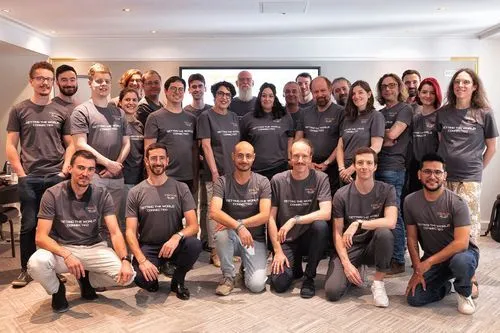"VDI vs RDP: A Practical Decision Framework (Costs, Risks & How To Supercharge RDS With or Without VDI)"
VDI vs RDP,: a practical decision making framework to examine costs, risks & requirements. Discover how to supercharge RDS with or without VDI.
Would you like to see the site in a different language?
RDS TOOLS BLOG
As part of the newest V4.2 of RDS-Knight, RDS-Tools Developers are proud to enhance a powerful solu
)
As part of the newest V4.2 of RDS-Knight, RDS-Tools Developers are proud to enhance a powerful solution for increasing organization's security posture: "Working Hours Restrictions", a simple and efficient tool for network administrators to control the remote connections.
Accessing business applications can be cumbersome and risky where mobile first, third-party stakeholders, and lateral movement attacks are the norm. Time-based policies are proven to enhance network security, as they are an efficient way to provide limited access to applications and give IT administrators more precise control over their networks.
That is why RDS-Knight last 4.2 update focuses on increasing the efficiency of its essential “Working Hours Restriction” feature. With this protection, Administrators have the power to control Remote Desktop connections and usage over time to prevent abuse and suspicious behaviors.
Along others improvements included in RDS-Knight 4.2 released last month, Working hours Restriction provides a great new setting: Administrators can force the session logoff when authorized time slot is over.
This means that the feature can now be configured to limit Users’ access in two ways:
The parametrization of the feature is easy: From the comprehensive and intuitive dashboard, Working Hours Restrictions can be configured to respect every user’s or group’s assigned hours, according to their local time zone.
It has been noted many times that employees extend their working hours to get entitled to overtime bonus and other such facilities. This is risky for two reasons: First, this can lead to server’ s bandwidth overuse. Second, when the offices are officially closed, there is no way to monitor users’ actions and they might as well enjoy their free time to steal important data and find breaches into the company' system.
Once all the right people have been allowed to connect to the organization network, the question becomes: When should the users have access? To bind employees to work only during a stipulated amount of time, it is necessary to control their access to their Remote Desktop.
For instance, different time frames can be assigned for each user according to tasks or responsibilities. Thanks to RDS-Knight, an automatic outright ban in applied on any other time period.
Every action taken by Working Hours Restriction is recorded in the Security Event Log, so guessing who doesn’t want to follow the rules is a piece of cake.
Download RDS-Knight
to keep servers safe at night.
Get 15 days free with the trial (full-featured) version!
Simple, Robust and Affordable Remote Access Solutions for IT professionals.
The Ultimate Toolbox to better Serve your Microsoft RDS Clients.
 Get in touch
Get in touch
